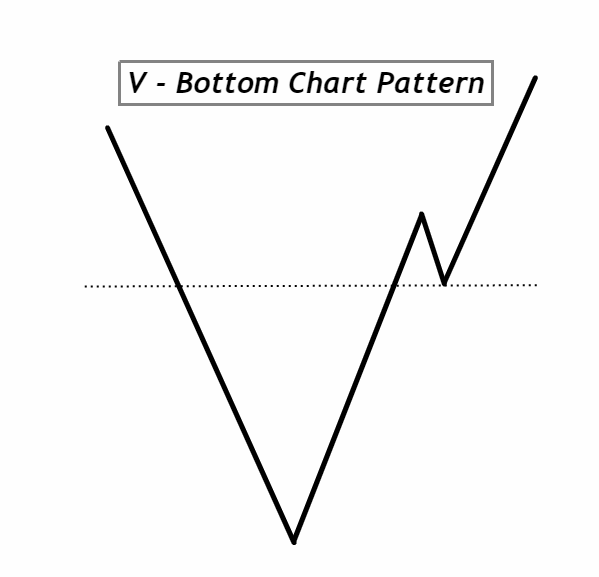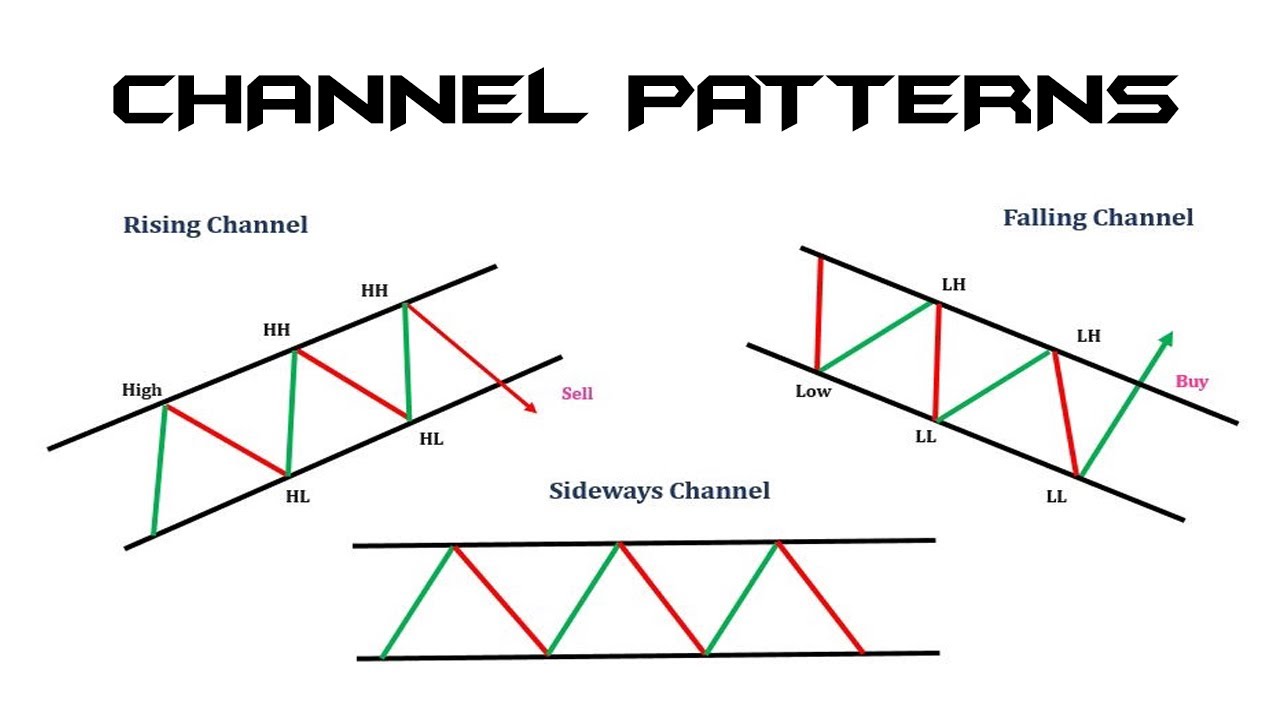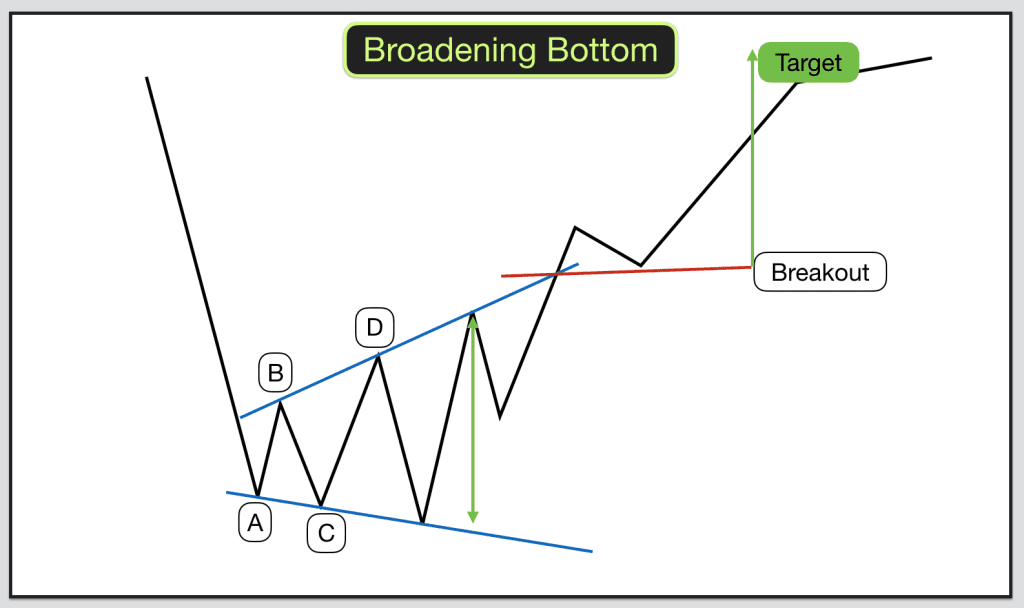Dollar-cost averaging is an investment strategy in which an investor regularly invests a fixed amount of money into a particular investment over time, regardless of the asset’s price. This approach aims to reduce the impact of market volatility on the overall purchase of the investment.
Here’s how dollar-cost averaging works:
- Consistent Investments: Investors commit to investing a fixed dollar amount at regular intervals, such as weekly, monthly, or quarterly.
- Market Variability: Since the fixed amount is invested regularly, more units or shares of the investment are purchased when prices are low, and fewer units or shares are purchased when prices are high.
- Averaging Out Costs: Over time, the average cost per unit or share is likely to be lower than the average market price. This helps mitigate the risk of making large investments at a single, potentially unfavorable, market moment.
Dollar-cost averaging can be applied to various types of investments, including stocks, bonds, and mutual funds. It is a disciplined and systematic approach to investing that can be suitable for investors who want to avoid the stress and uncertainty of trying to time the market.
The benefits of dollar-cost averaging include:
- Reduced Market Timing Risk: Dollar Cost Averaging helps investors avoid the need to accurately time the market. By consistently investing over time, investors are less exposed to the risk of making a large investment at a market peak.
- Discipline and Regularity: It instills a sense of discipline in investors, encouraging them to stick to their investment plan and make regular contributions regardless of short-term market fluctuations.
- Mitigating Emotional Decision-Making: Dollar-cost averaging can help investors avoid emotional decision-making that may be triggered by short-term market volatility or fluctuations.
While dollar-cost averaging has its advantages, it’s essential to note that it does not guarantee profits or protect against losses. It is just one strategy among many, and its effectiveness can depend on factors such as the overall market conditions and the specific investment being considered. Investors should carefully consider their financial goals, risk tolerance, and investment time horizon when deciding on an investment strategy.







